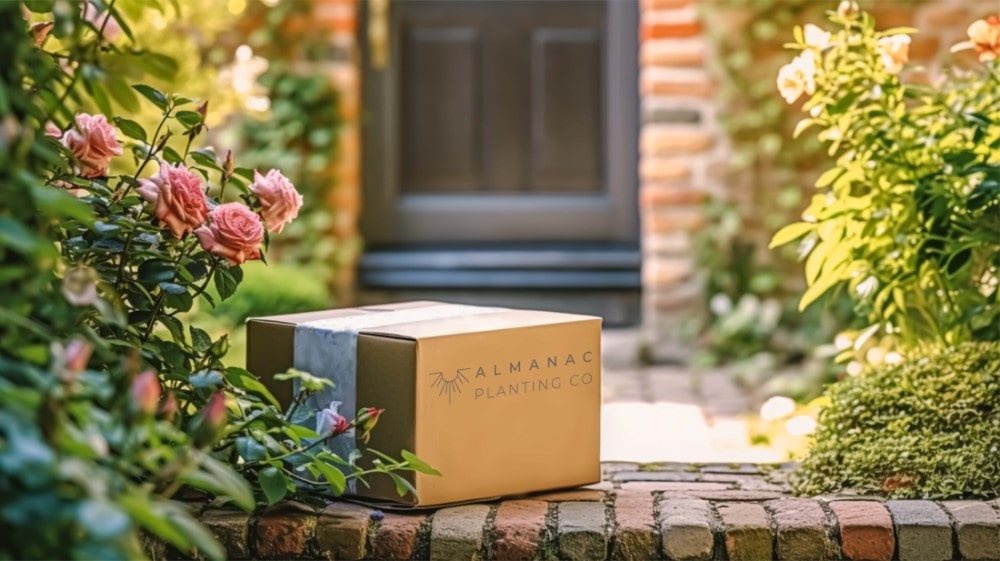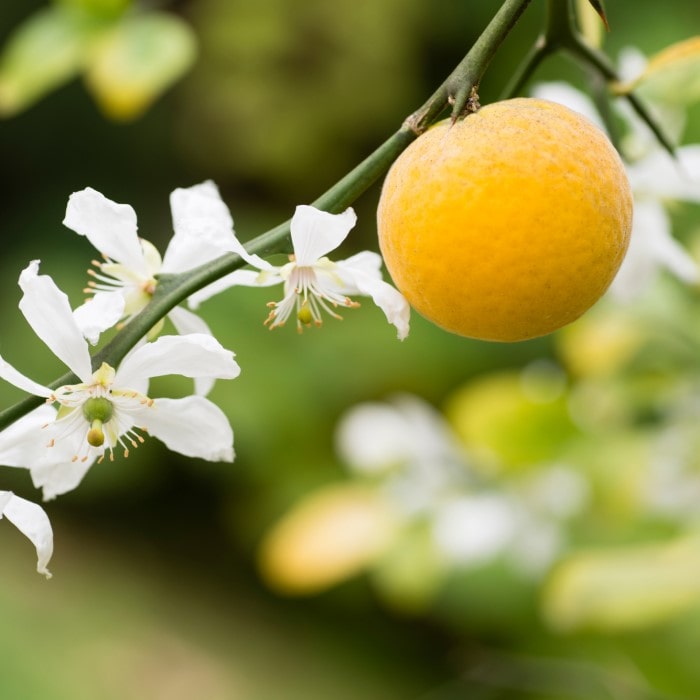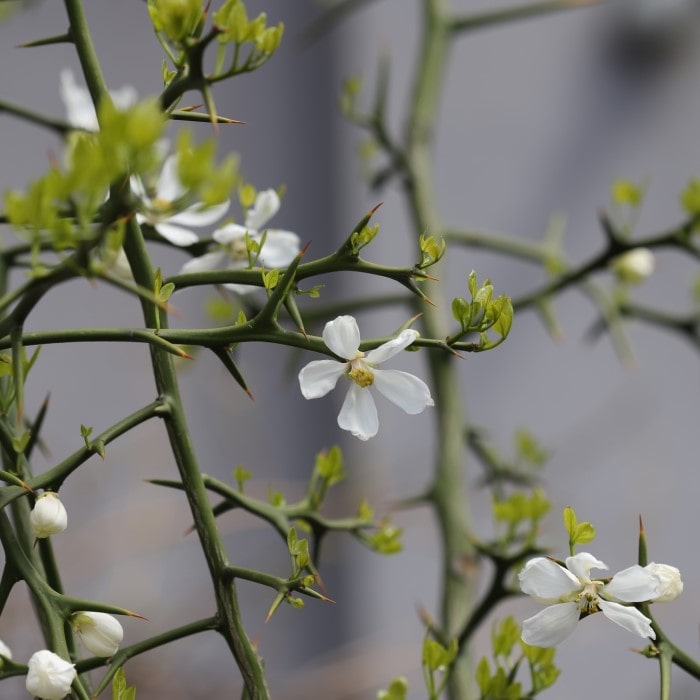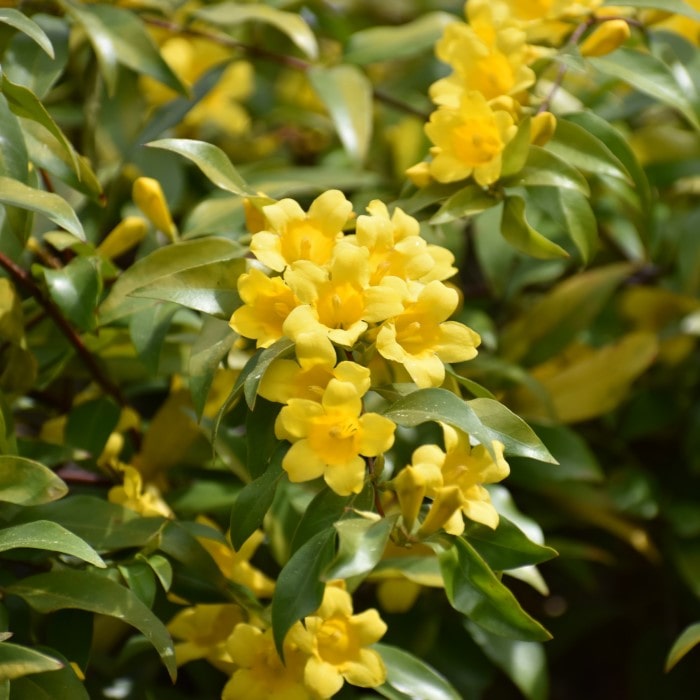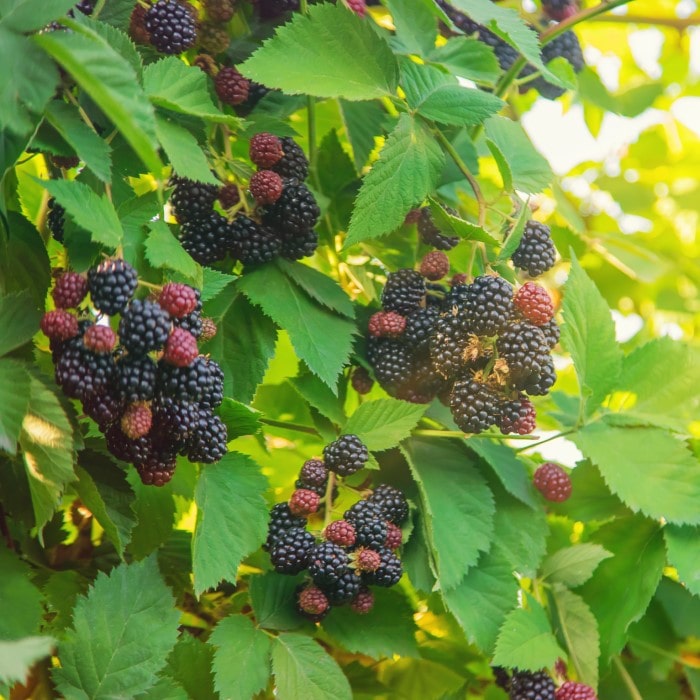Dracaena marginata
Overview
Uses: Indoor plant, container gardening, modern décor, and low-light interiors.
Benefits: A striking, easy-care tropical plant featuring slender, upright canes topped with narrow green leaves edged in deep red. Excellent air-purifying qualities and ideal for adding architectural height and texture indoors.
USDA Hardiness Zones: 10–12 (grown indoors as a houseplant in all other zones)
Life Cycle: Tender Perennial (commonly grown as a long-lived indoor plant)
Sun: Bright, indirect light to partial shade
Mature Height: 4' – 8' indoors (up to 15' outdoors in tropical climates)
Mature Width: 2' – 3'
Bloom Season: Rarely blooms indoors
Growth Rate: Slow to Moderate
Summary
Dracaena marginata is a popular and resilient indoor plant known for its upright canes and spiky, red-edged foliage that adds modern elegance to any space. Native to Madagascar, it thrives in bright, filtered light and adapts well to typical indoor conditions.
Perfect for offices, living rooms, or entryways, the Dragon Tree brings a tropical look with minimal care needs. Its air-purifying qualities make it both beautiful and beneficial for indoor air quality, earning it a top spot among easy-care houseplants.
Care
Dragon Tree Care
Place in bright, indirect light for best color. It can tolerate lower light levels but will grow more slowly and may lose some leaf vibrancy.
Allow the top inch of soil to dry out between waterings. Overwatering is the most common issue — keep soil slightly moist but never soggy.
Feed monthly during spring and summer with a balanced liquid fertilizer or slow release fertilizer to support steady, healthy growth.
Wipe leaves occasionally with a damp cloth to remove dust and maintain shine. Repot every 2–3 years or when roots outgrow the container.
Size
Size of Dragon Tree for Sale Online
Our Dracaena marginata plants are greenhouse-grown and shipped healthy and well-rooted in their nursery pots. Each plant will be appropriately sized for its container. For sizing questions, please contact us.
Size of Dragon Tree When Fully Grown
Dragon Tree typically grows 4'–8' tall indoors and 2'–3' wide, forming slender canes topped with graceful, sword-like leaves.
Additional Information
Is the Dragon Tree good for low light?
Yes — it tolerates lower light conditions, though brighter light encourages stronger color and faster growth.
How often should I water my Dragon Tree?
Water when the top inch of soil feels dry. Reduce watering in winter when growth slows.
Does the Dragon Tree clean the air?
Yes — Dracaena marginata is one of NASA’s top-rated air-purifying houseplants, helping remove indoor toxins and improve air quality.
Can Dragon Trees grow outdoors?
Only in frost-free zones (10–12). In cooler climates, keep indoors year-round or move outside only during warm summer months.
Are Dragon Trees pet safe?
No — the foliage can be toxic to cats and dogs if ingested. Keep out of reach of pets.




